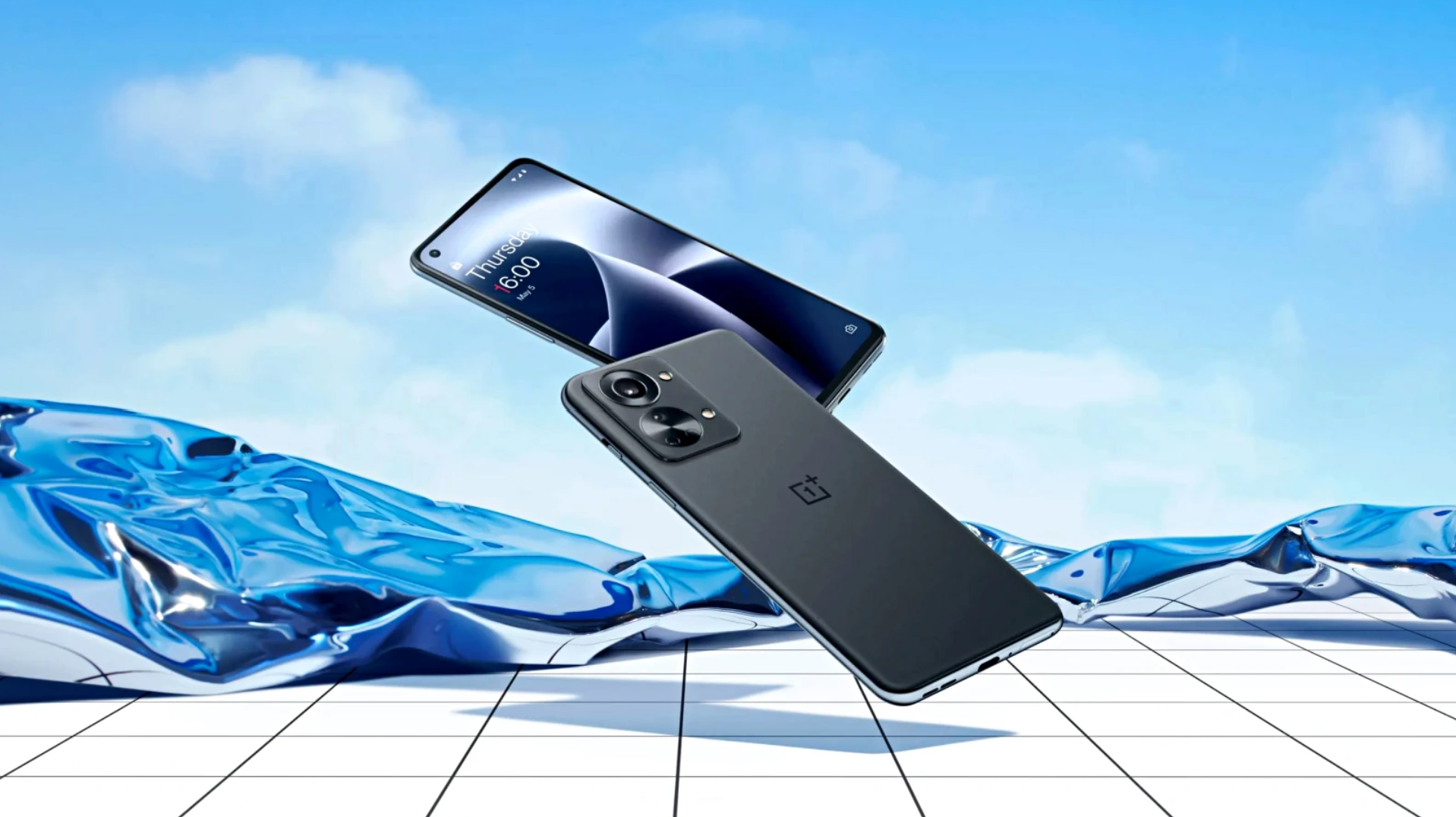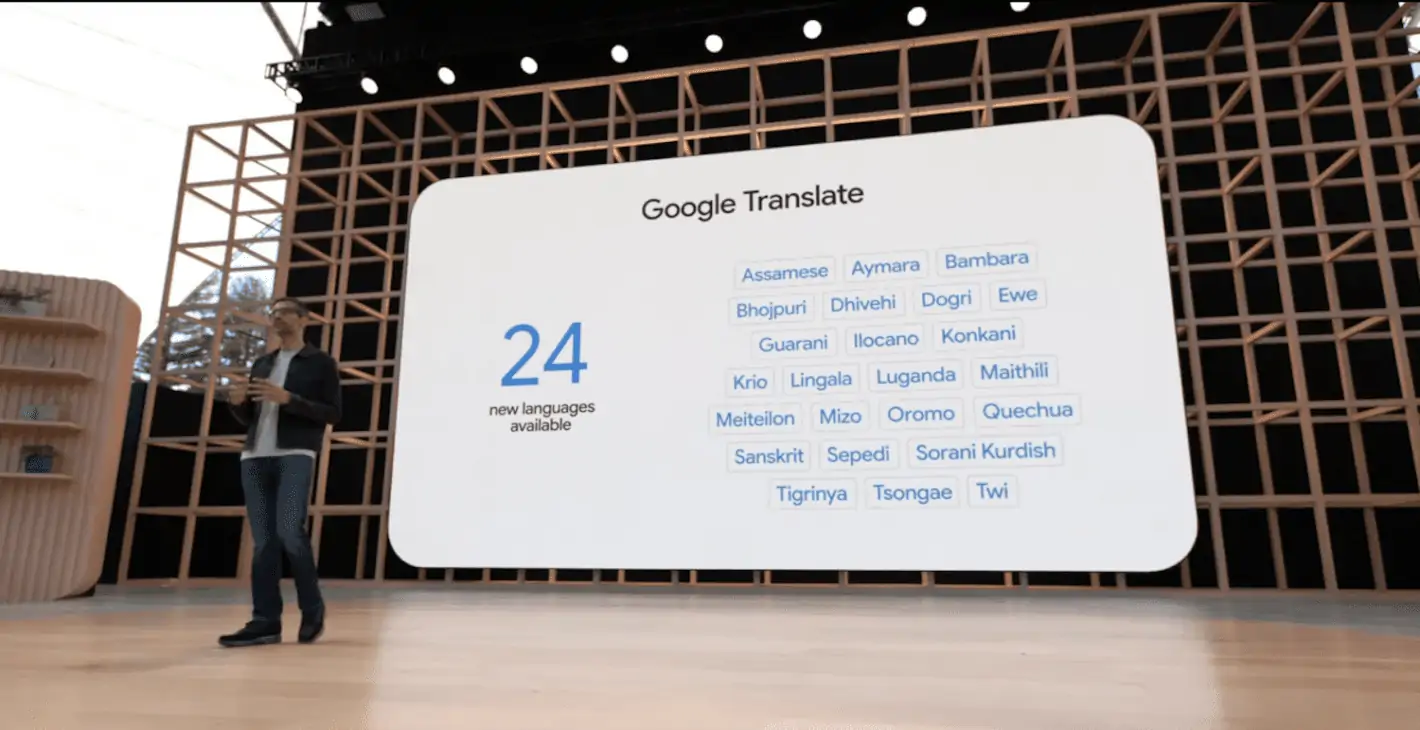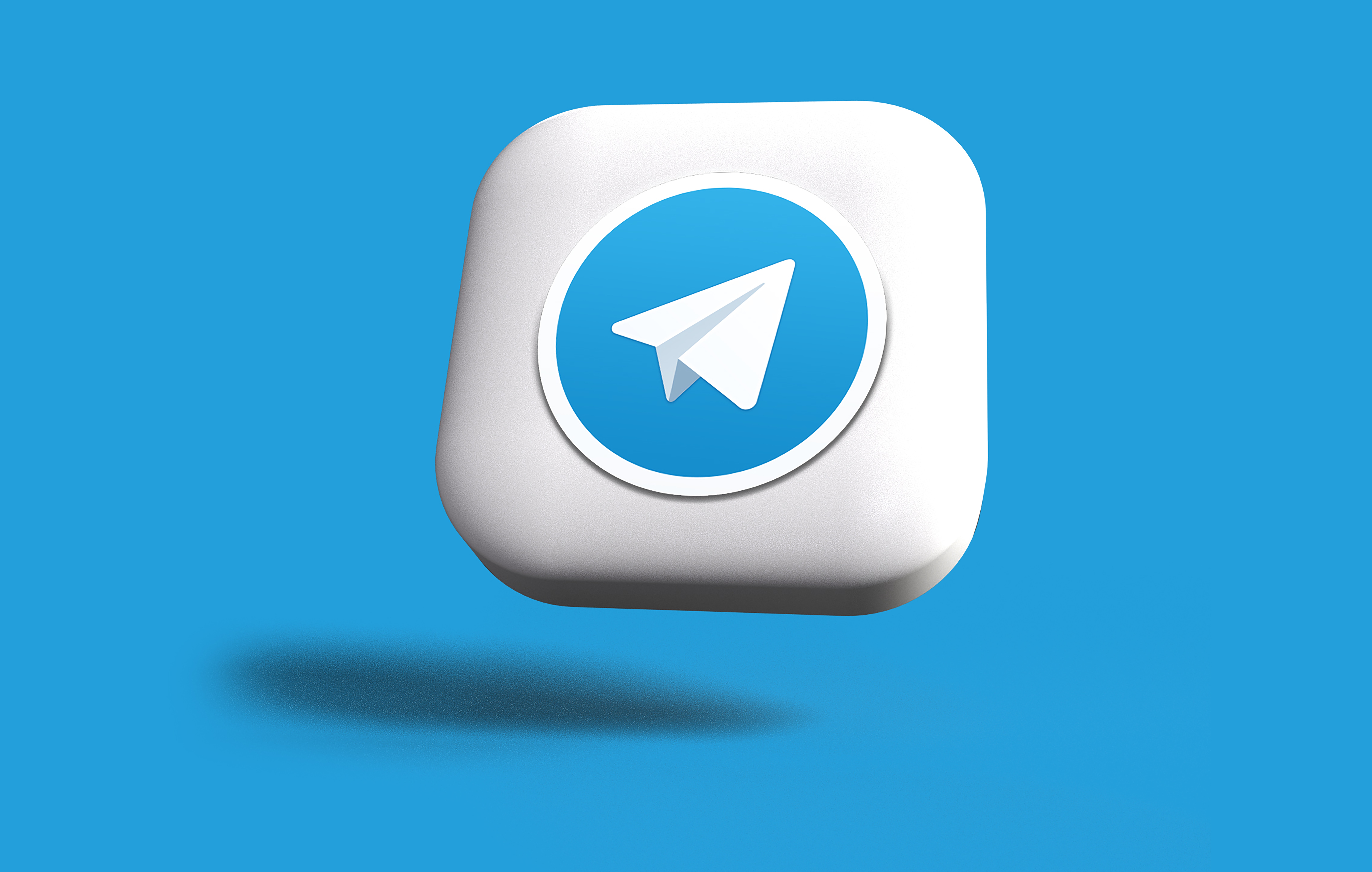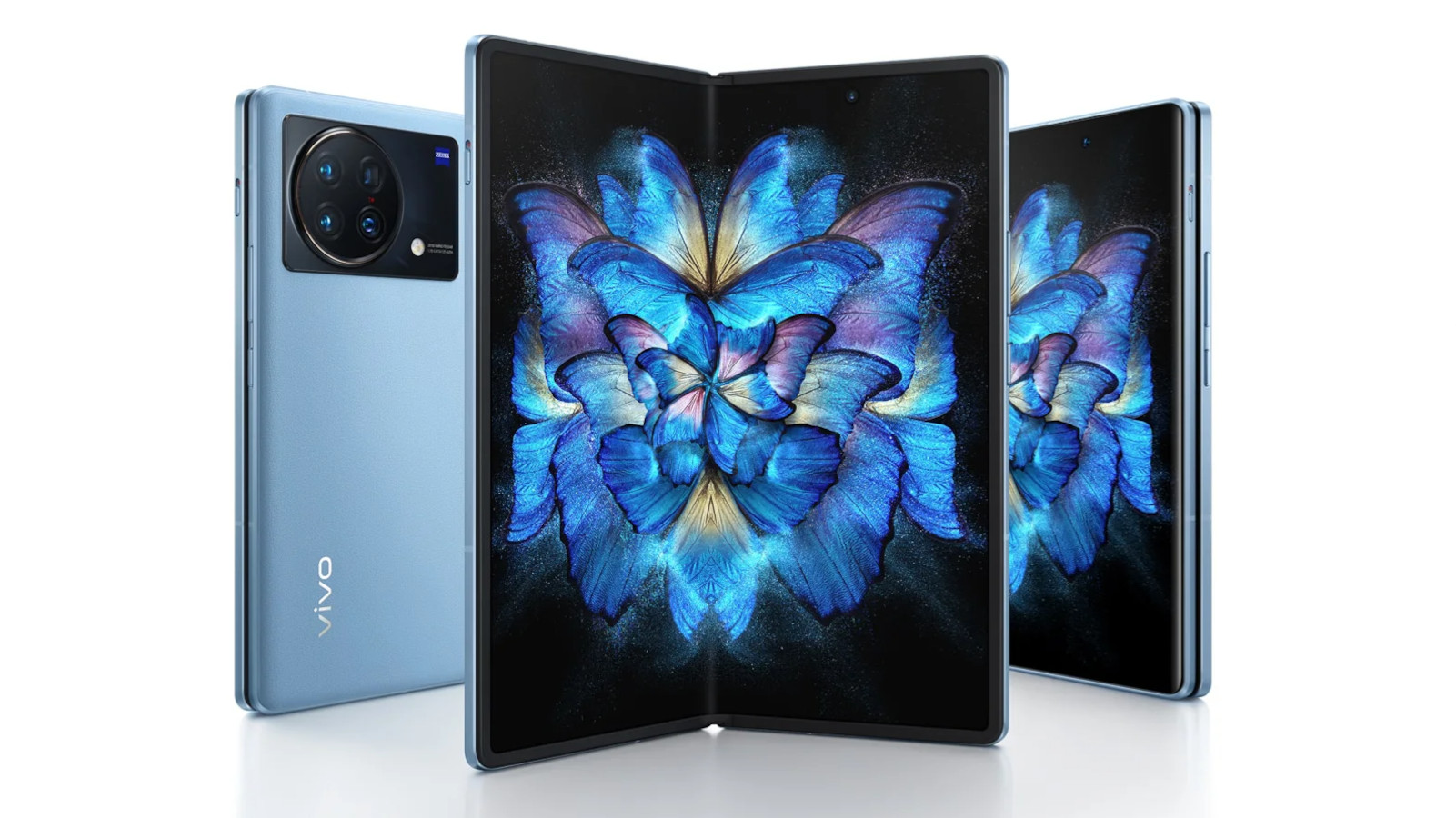Though Android’s global market share is intimidating, two other numbers are enlightening: 22 percent of Android users eventually switch to an ione, while only 9 percent of ione users go the other way. As those numbers suggest, switching from Android to ione isn’t that difficult. Here’s how to make that transition as painlessly as possible.
Keeping contacts
Users switching phones often worry first about retaining their contacts. But help is available: Most carriers are happy to assist you in moving contacts from one device to another. They usually hle this task in-store when you activate your new ione. If you’re activating at home, check your carrier’s support page for its contact transfer service.
Even if you’ve already bought activated your ione, your carrier should be able to transfer your contacts, as long as you still have your old phone or you’ve backed up your contacts.
If for some reason you can’t get your carrier to help, you can move your contacts yourself. Assuming that you synced your contacts with or a Microsoft Exchange server, you can retrieve your information from there.

On your ione, open Settings > Mail, Contacts, Calendars. Tap Add Account then select Microsoft Exchange. Enter your email address login information. (If an Exchange server hosts your email, you’ll also need to enter its domain; if you use Gmail, leave that field blank.) Enter a username—a valid name if you’re syncing with a real Exchange server, or your email address (if you like) if you use Gmail. In the Server field, enter the Exchange server’s address or m.google.com for Gmail. On the last screen choose what you want to import, then tap Accept.
Syncing may take a few moments, so give the ione time to update. If your contacts fail to appear, it may be a sign that your contacts were never properly synced with your Exchange server or with Gmail.
Another method will work on Android devices that have a removable SD Card: Open the ople app on your Android phone tap the menu. Select Import/Export, then Export to SD Card. By default, this will create a .vcf file. (Note: You can’t export to the SD Card if your device is already connected to your as a B drive). Remove the SD Card connect it to your . Most devices will allow you to do this via the phone, if you connect it as a B flash drive; a card reader works, too. Copy the .vcf file to your computer’s desktop.
Next, open Gmail click the drop-down menu in the upper-left corner, below the logo. Select Contacts. In the menu below click Import Contacts. A pop-up will appear. Use this to find open the .vcf file. Once you’ve successfully imported your contacts into Gmail, you’ll be able to sync them to your ione using the preceding steps.
Some apps can help make the process less complicated, too. Examples include Migration+ (free) Rainbow Contacts ($2). These are good fall-back options if the methods outlined above don’t work or seem too complex.
Moving media
You may have a ton of digital media to move from your old Android device. The process is simple, but it may take a few minutes.
In ndows OS X, connect your old Android device to your or Mac, mount it as a disk drive. Open it in ndows Explorer or in the Finder, locate the files that you want to import. otos recorded video accumulate in the DCIM folder, as they do on a digital camera. Music movies usually appear in suitably labeled folders, though they may be listed in an app’s data folder if you used third-party apps to manage your media.

The search functions provided by ndows OS X can help you find media files, too. In ndows, open ndows Explorer, navigate to your phone’s storage, open it. In the search field in the upper-right corner, enter the extension for the files you’re looking for (such as .jpg or .mp3). In OS X, open the B drive in Finder, select your phone’s storage, then press Comm-F to summon the search function. In the search field, type the file extension that you’re looking for.
Once you’ve moved the media to your computer, you’re ready to to import the music into iTunes (or into the music manager of your choice). You can do this by opening iTunes then dragging dropping music video into the appropriate libraries.
For photos, Mac users can use ioto. If your a ndows owner, you don’t have that option, you can’t add the images to iTunes, because it doesn’t manage photos. You can, however, use iTunes to sync them: Open your ione’s sync options in iTunes, then open the otos tab check the Sync otos From checkbox. In the drop-down menu to the right, select Choose Folder then add the folder containing photos that were on your old device. They’ll migrate to your ione during the next sync.
Syncing made simple
en you first connect your ione to your computer with iTunes, you’ll have to perform a first-time setup routine. After that, you can manage the ione’s data through iTunes by clicking the ione button.
You’ll manage all locally hosted contacts calendars, apps, ringtones, music, movies, shows, podcasts through this one interface. In fact it’s the only way to manage most media because the ione lacks an accessible file system.

recommend that you turn a few options on. First, in the Summary page, check Sync th This ione Over -Fi. Doing so will keep your media up-to-date even when your phone isn’t physically connected to your .
If you’ve purchased an ione that doesn’t have enough memory to contain your entire media collection, you should also choose Sync Only Checked Songs Videos. Then visit the Music, Movies, TV Shows, dcasts tabs in iTunes to select the specific media you want to sync.
(Re)making custom ringtones
Custom ringtones for Android devices generally reside in apps that you can download from the ay store. The App Store has ringtone apps, too, but the easiest way to make custom ringtones is directly through iTunes.

To do this, start by adding the audio file you want to use to iTunes. (ternatively, of course, you can use a song that you already have.) Find the file in iTunes right-click it to open its context menu. Click Get Info, then select the Options tab in the operties window that opens. You’ll see ‘Start e’ ‘Stop e’ fields. Adjust the numbers in these fields so that the audio file starts where you’d like the ringtone to begin ends no more than 30 seconds later. Close the operties window again right-click on the audio file. This time select Create AAC Version. Now drag the file out of iTunes, rename it with the file extension .m4r. Delete the duplicate that you created in iTunes.
Next, double-click the new .m4r version to upload it into the Tones library. The first time you try this on a ndows machine it may ask what program the system should use to open .m4r files; select iTunes. iTunes will then automatically sync your new ringtone with your ione, the listing for that ringtone will appear above the default ringtones in the Settings app on your ione.
Friends with
Android is built with ’s ecosystem in mind, which isn’t a bad thing when you consider that Gmail remains a great webmail program, Drive is the go-to option for online document editing, Music is a legitimate competitor to the alternatives available from Amazon Apple. Anyone who has been using Android for a long time may be worried about having to abon those apps as a result of switching to iOS. But offers ione users full-featured covered. In fact, some apps available on the ione are better than their counterparts on Android.
For example, Gmail for iOS doesn’t have the luxury of assigning functions to hardware buttons, so it compensates with a brilliant slide-in menu that’s arguably more intuitive than the same interface on Android. The Maps app from for iOS is nearly as good as the Android alternative, the Drive app for iOS is excellent.
In short, fans don’t have to sever their ties. most everything that works on Android works on the ione, too.
Compatible apps accounts
As you probably know, apps can’t make the leap from one platform to another. A few companies offer users who purchase an Android app access to the iOS version, but the vast majority do not. Consequently, you’ll have to purchase most of your paid apps a second time.

The only way to find iOS versions of your Android apps is to search for them in the App Store, but you don’t have to rely on memory. Visit the ay webpage, log in with your account, click My Android Apps at the top of the page. This option shows you all of the apps you’ve ever downloaded, as well as the apps now installed on each Android device currently linked to your account. These apps will remain visible even after you’ve wiped the data off your previous phone.
Though apps themselves aren’t cross-platform, the data in an Android app may be accessible on your ione. Services that store information online (such as fitness apps, social networks, to-do lists) can share data between apps on different devices. This is usually true even if you have another Android device, such as a tablet, that you want to use alongside your ione. The service will sync data automatically between apps that it has created for multiple platforms.
The bottom line is that making the leap from Android to ione doesn’t need to be scary. It can, in fact, be enjoyable. After you’re finished moving your media making your new ringtones, take a moment to browse the App Store for apps that Android doesn’t offer, or search the b for accessories that Android users will never enjoy. Some people may view moving to iOS as going to the dark side, but that’s a shame—it’s actually a bright idea.



















